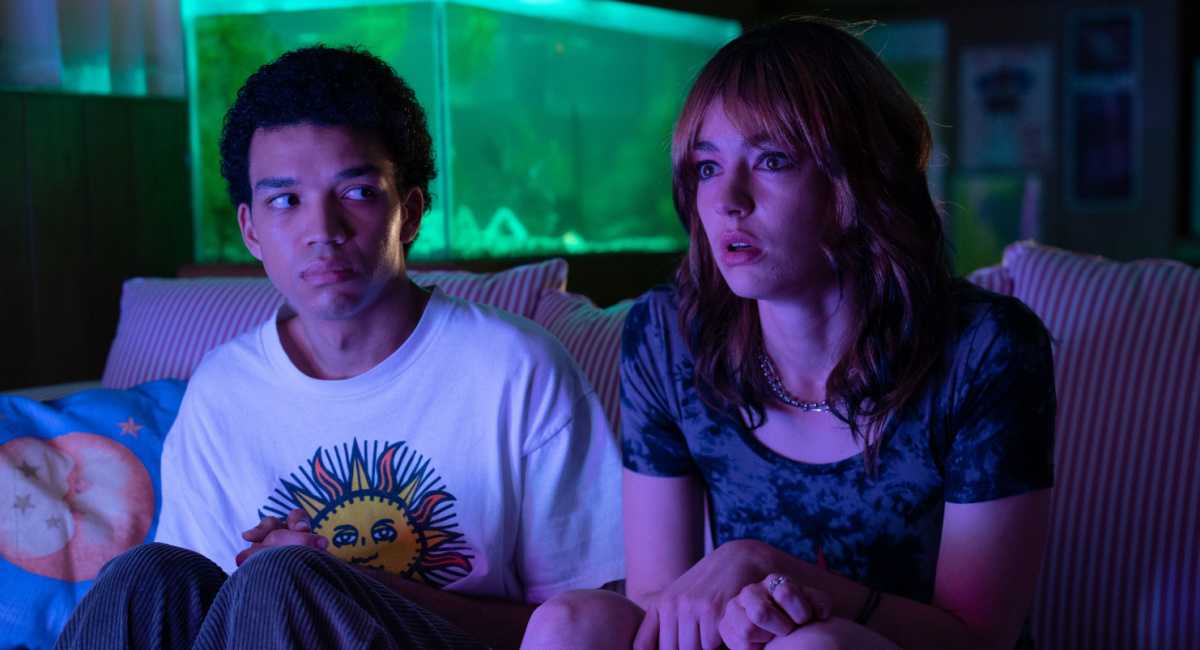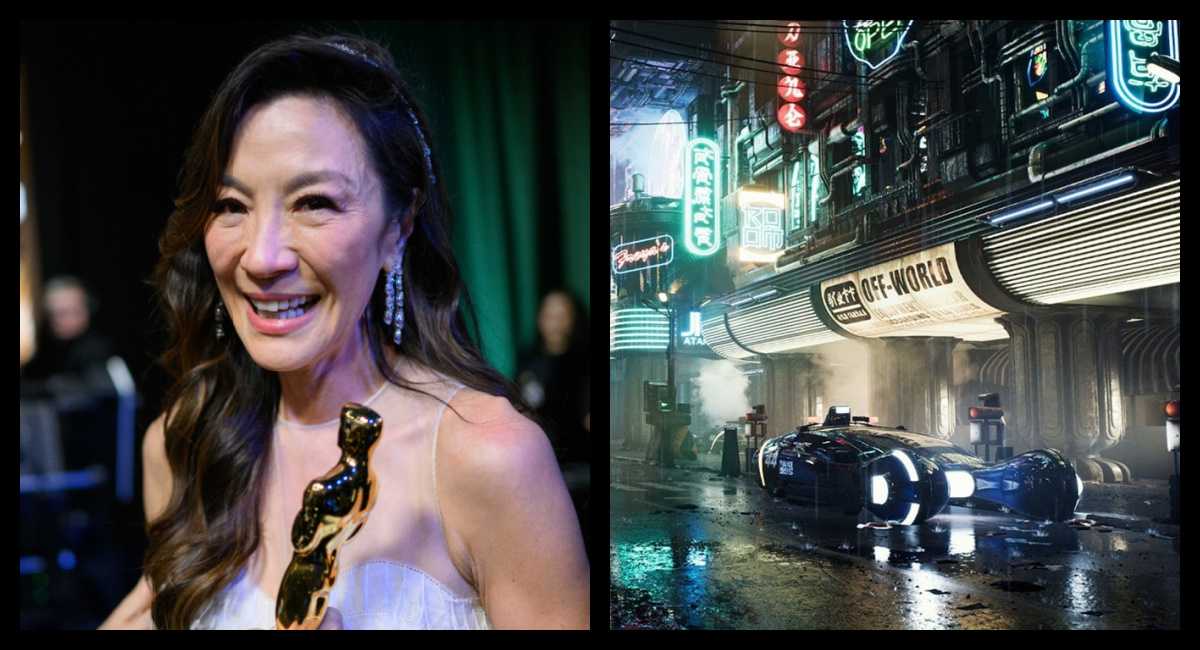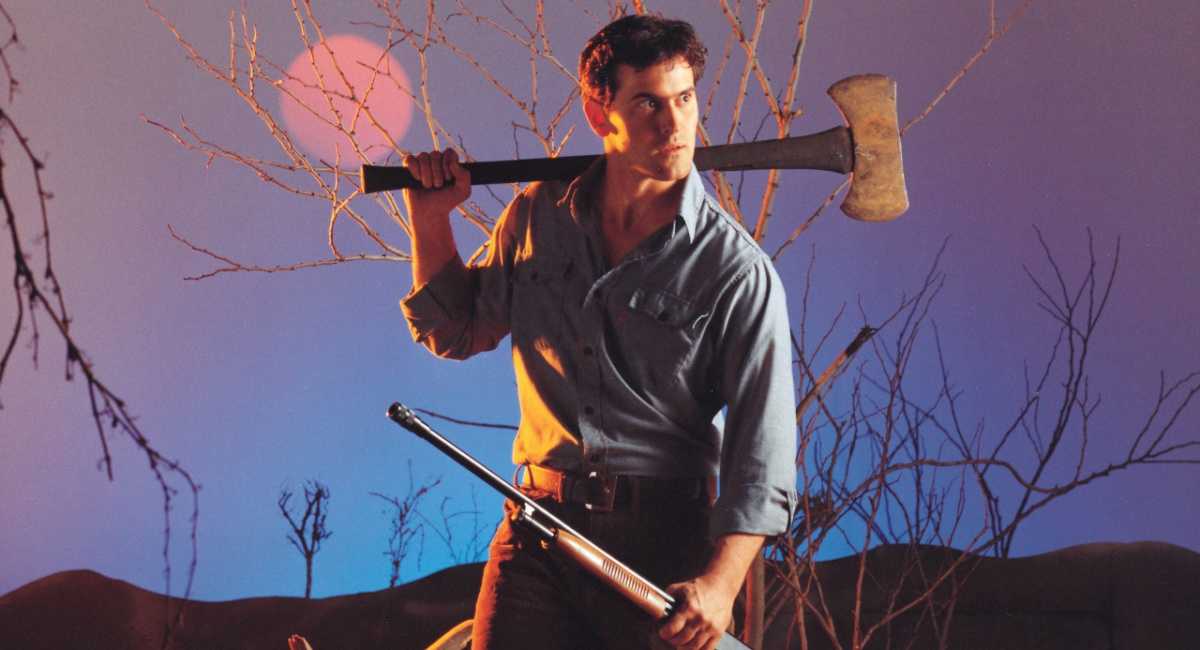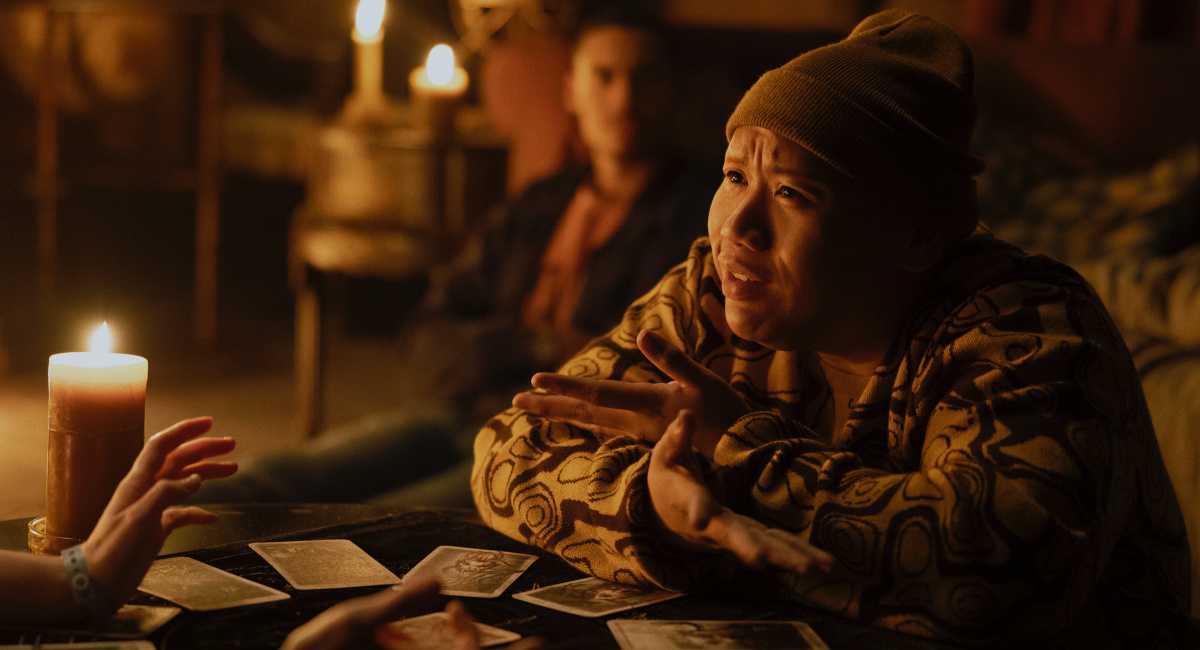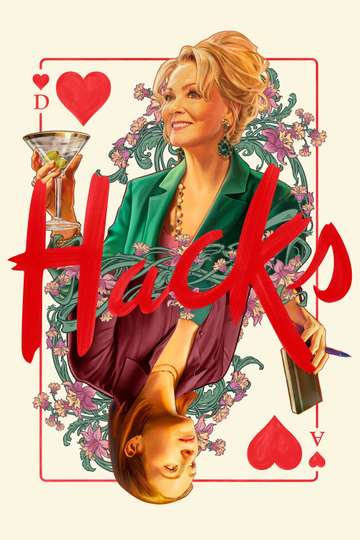Is the Network TV Sitcom Dying? Ask Jim Gaffigan
Wondering why some networks have all but given up on creating new sitcoms? Maybe Jim Gaffigan knows the answer.
The stand-up comic, whose sitcom "The Jim Gaffigan Show" debuted on TV Land this week, has been promoting the show with interviews (including here, here, and here) where he explains why he took his new series to basic cable.
According to Gaffigan, each broadcast network tried to shoehorn his autobiographical series into its preferred sitcom format, with less of an eye on what would make the show unique or good and more on what would make it test well with audiences and run long enough to be sold into syndication. That's where the real money is for a TV production company -- we're talking hundreds of millions of dollars for a successful series with at least 100 episodes in its library -- but to get there, the networks apparently believe that risk-avoidance is more important than preserving the idiosyncratic, personal voice that led them to pick up the show in the first place.
In this case, that voice belongs to Gaffigan and his wife Jeannie, who has co-written his stand-up material and who serves as a writer and co-producer with her husband on the TV Land show. Initially, she'd have played herself, too, but the couple eventually decided it was better to have Jeannie focus her efforts behind the scenes, so Jim's on-screen Jeannie is played by Ashley Williams. Both Gaffigans say they feel the show is true to their life experience -- a showbiz couple raising a Catholic family of five kids in a cramped apartment in downtown Manhattan.
It's not even like the usual complaint about network sitcoms applies to the Gaffigans' development woes. After all, Gaffigan prefers to work clean -- not out of any moral conviction, but because it suits his material, which is largely about snack food and babies. That doesnt mean his material doesn't border on the risque; Jim's penis is the source of running gags in two early episodes, though nothing is shown.
Still, even that wasn't raunchy enough for CBS, which has had great success in recent years with "Two and a Half Men" (and other sexually frank Chuck Lorre shows) and "2 Broke Girls." According to Gaffigan, they actually wanted to make his show more vulgar and crass.
Over at NBC, the Gaffigans say, the executives wanted each script's plot to follow a pattern, beginning with an "inciting event," followed by a complication that raises the stakes. These are the sort of tactics writers use to make audiences worry about the characters, so that they'll be more relatable and more likable. (Remember, this is the network that brought you "Seinfeld," "The Office," and "30 Rock," long-running shows about groups of generally unlikable people, with plots based more on the characters' inability to cope with the world than their tendency to rise to the occasion when faced with obstacles.)
Many of the networks' objections to the show as the Gaffigans conceived it seemed to have less to do with subject matter, plotting, and character than they did with formal issues. Save for the pilot, the episodes start with sped-up montages of Jim and Jeannie interacting with their kids. (There's your raised stakes.) The show is shot on location in Manhattan, which is costly but lends the show an air of realism that makes the series' visuals look more like those of "Louie" than any current network sitcom. And it's shot single-camera, like "The Office," "30 Rock," or ABC's "Modern Family." (The comedian says CBS initially agreed to the single-camera format, then reversed itself and insisted on a multi-camera, studio-bound setup of the sort that CBS has been using since "I Love Lucy.")
None of this is especially innovative or cutting-edge. In the pilot that aired on TV Land this week and the "Super Fun Daddy Day" episode that previewed on Amazon before that, there was little in the way of plot or character to distinguish "The Jim Gaffigan Show" from the wave of shlubby-guy-hot-wife shows that were CBS' bread and butter a decade ago ("Everybody Loves Raymond," "The King of Queens," "Yes, Dear," "Still Standing," and others that have worked for CBS going all the way back to "The Honeymooners" 60 years ago). What's unique about the series is its voice, which includes its visuals (New York is really another character), its rhythms, its obsession with food, its matter-of-fact portrayal of the family's Catholicism, and its satiric take on the vast gap between the parents' idealism and dreams and their shortcomings and dashed hopes.
That sensibility, more than anything else, is what makes "The Jim Gaffigan Show" seem fresh and current. As he told the Daily Beast, "We're in this golden age of dramas, and with that and reality TV, the cadence of sitcoms seems inauthentic. So there's time for a single-camera show that's humorous, but based in reality."
It's that sensibility that TV Land offered to preserve, the Gaffigans suggest. The executives there were much less particular; they just wanted 10 good episodes. If those draw viewers, then they can make more. If not, TV Land got the presitge of having Jim Gaffigan do a show, and the Gaffigans got to make the series they wanted to make.
Why was TV Land so different? The Gaffigans don't say, but here are some possible reasons. As a basic cable channel, it doesn't need to worry about network-sized ratings or syndication sales to make money, so the bar for success is lower, and so are the stakes for any one series (there's that word again). TV Land chief Doug Herzog also oversees Comedy Central, where "Gaffigan" reruns will air almost immediately (giving the executive essentially a two-for-the-price-of-one deal), and where buzzworthy hits from "South Park" to "Inside Amy Schumer" have been built around the personal voices of original comedy minds, not cookie-cutter formulas.
The networks have tried to make use of original comic voices before. Two decades ago, after the successes of "Roseanne," "Home Improvement," and "Seinfeld," the networks binged on shows built around stand-up comics -- but they made the shows all look and sound the same, with the stars playing overwhelmed parents or overwhelmed workplace drones. Gaffigan was part of that wave; his CBS show "Welcome to New York" was a workplace comedy built around him but largely taken out of his creative hands. It was canceled after 13 episodes. In the years since, he's become a hugely successful touring comic, to the point where TV needs him more than he needs TV. He was in a position this time to hold out until he got to make the show that he wanted, a waiting process that, as it turned out, lasted several years.
So the networks' loss here is basic cable's gain. And Jim and Jeannie Gaffigan's experience here is probably typical. After all, Tina Fey, after a decade and a half with NBC, first took "Unbreakable Kimmy Schmidt" there; they passed, and now it's an Emmy-nominated hit on Netflix. Like basic cable, the streaming sites would rather have buzz than syndication sales (at least, for now), which is why they've been only too happy to pick up sitcoms the networks have canceled for being too idiosyncratic and original, like "Arrested Development," "Community," and "The Mindy Project."
The networks' reliance on formula for sitcoms is not only driving potential hits and shows they couldn't capitalize on toward other platforms, it's also driving creators away. (Gaffigan says he'll never work for a network again.) Will there come a time when broadcasters drive away their last remaining laugh-craving viewers, too?




